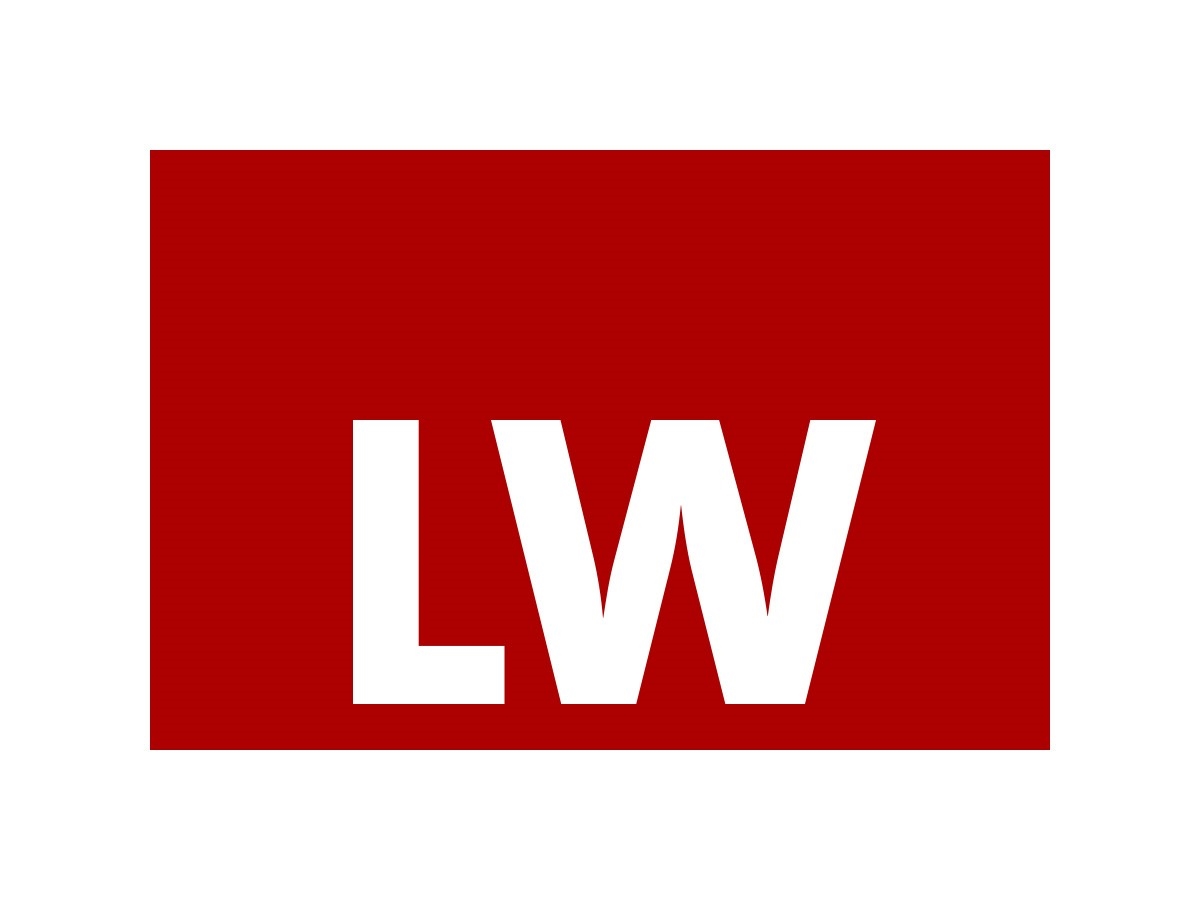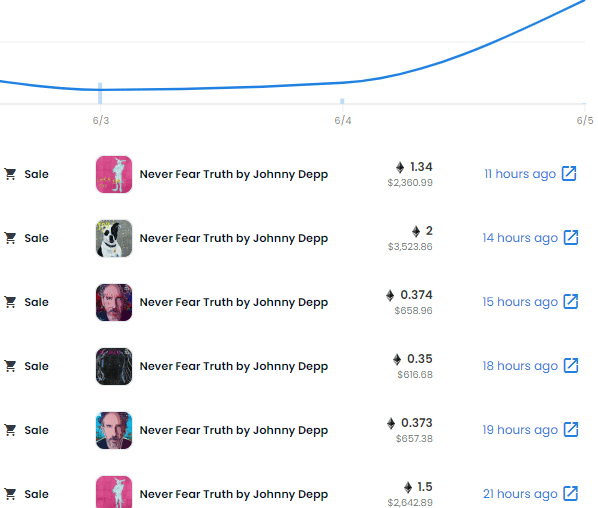
NFT creators and consumers should evaluate the legal and commercial considerations of NFTs that are linked to copyright work.
The Law Commission of England and Wales (the Commission) is a statutory independent body that keeps the law of England and Wales under review and recommends reform where it determines that it is needed. The Commission recently published a public consultation paper on digital assets which closed on 4 November 2022. One of the key proposals in the paper is the recognition of a third category of personal property, labelled “data objects”.
This category is distinct from the current two categories of personal property:
A digital asset falls within the Commission’s proposed definition of a data object if it:
The Commission concludes that crypto tokens (including NFTs) satisfy the proposed criteria of data objects, and are objects of property rights. This post does not analyse the proposed criteria of data objects but rather explores the implications for NFTs of being classified as data objects under the Commission’s proposals.
What Does It Mean for NFTs to Be Classified as Data Objects?
The Commission notes that NFTs are likely to play an increasingly important role in modern online interactions. The Commission further notes that, as a starting point, an NFT is a crypto token that is capable of attracting personal property rights itself, and that NFTs allow the exploration of how those rights can coexist with intellectual property interests.
The consultation paper draws a distinction between a crypto token as an object of personal property rights and other things external to a crypto token that can be linked to the crypto token. The Commission uses the Bored Ape Yacht Club NFT to illustrate this distinction. For example, an NFT contains internally recorded information which points to information recorded externally to the crypto token (e.g., the Bored Ape Yacht Club NFT links to an image of a cartoon ape which is stored on a publicly accessible file system). Given that background, the Commission explores certain common or possible misconceptions in relation to NFTs (namely in relation to copyright and royalties), which are summarised below.
Copyright — Assignment and Licensing
Many NFTs are not linked to copyright work. However, for NFTs that are linked to copyright work, e.g., Bored Ape Yacht Club that links to an image of a cartoon ape, the link may operate such that a transfer of the NFT itself effects a transfer of the copyright in the copyright work (although, such transfers are relatively rare). Under English law, Section 90(3) of the UK Copyright Designs and Patents Act 1988 requires an assignment of copyright be “in writing signed by or on behalf of the assignor”. How transfers of NFTs that are intended to also transfer the copyright in the copyright work operate in the blockchain space is uncertain. However, the Commission has previously noted that the common law takes a pragmatic approach to the electronic execution of transactions, and that digital information represented or displayed on a screen satisfies the broad definition given to “in writing” in the Interpretation Act 1978.
As such, to the extent that a transfer of an NFT (that is linked to some underlying copyright work) is intended to also transfer the copyright to the purchaser, due regard should be given to the formalities required under English law.
However, what if the intention is for the copyright in the work to remain with the original creator of that work, and not transfer to a purchaser of the NFT? A typical approach is for the content creator to license the use of the copyright work to a purchaser of the NFT. What form does this licence adopt, and where may it be located? The Commission acknowledges that this licence may be structured in three different ways:
Notwithstanding how a licence may or may not be granted or implied, the terms of the licence remain an important consideration that creators should take stock of when minting an NFT. Due regard should be given to the scope of the licence. For example, is it worldwide or territorial, are royalties payable, and what acts are NFT holders permitted to do with the underlying linked content? Are they limited to displaying that content? Are they permitted to commercialise that content? Generally, a licence may be as broad or narrow, flexible or restrictive, as the content owner chooses.
Royalties
The Commission also acknowledges that an NFT contract can be designed such that the original creator of the copyright work (and in some cases, who may also be the creator of the NFT itself) receives not only a payment for their work following a transfer, but also a payment for each subsequent transfer between third parties. The benefit of this mechanism is self-evident; it provides a revenue stream and opens up new avenues for the monetisation of intellectual property.
Typically, the royalty mechanism is built into the smart contract, and is accompanied by a set of terms and conditions, which contractualise the royalty payments to the creator.
Takeaway
The NFT marketplace is highly innovative with a myriad of possible NFT use cases. For example, NFTs can represent ownership of digital assets, or fractional ownership of an apartment, or operate as a ticket to attend a sporting event, and so on. However, while the Commission does not propose any law reforms specifically dealing with NFTs (noting that English law currently provides flexibility for the development of the law governing NFTs), it is paramount that creators, consumers, or other participants operating in this ecosystem:
Furthermore, at the time of writing, the Commission has launched a separate review, commissioned by the UK government, on how private international law applies to digital assets. Cases involving novel technology, such as digital assets that are combined with distributed ledger technology, have generated a number of conflict-of-laws issues. For example, because digital assets are intangible and often distributed, their geographical location may be difficult to pinpoint. This may in turn result in uncertainty as to which courts have jurisdiction to hear a dispute, and/or which laws should apply. The Commission aims to publish a consultation paper in the second half of 2023 to set out the current rules of private international law and, if appropriate, make recommendations for reform.
This post contains public sector information licensed under the Open Government Licence v3.0.
See more »
DISCLAIMER: Because of the generality of this update, the information provided herein may not be applicable in all situations and should not be acted upon without specific legal advice based on particular situations.
© Latham & Watkins LLP var today = new Date(); var yyyy = today.getFullYear();document.write(yyyy + ” “); | Attorney Advertising
Refine your interests »
Back to Top
Explore 2022 Readers’ Choice Awards
Copyright © var today = new Date(); var yyyy = today.getFullYear();document.write(yyyy + ” “); JD Supra, LLC



